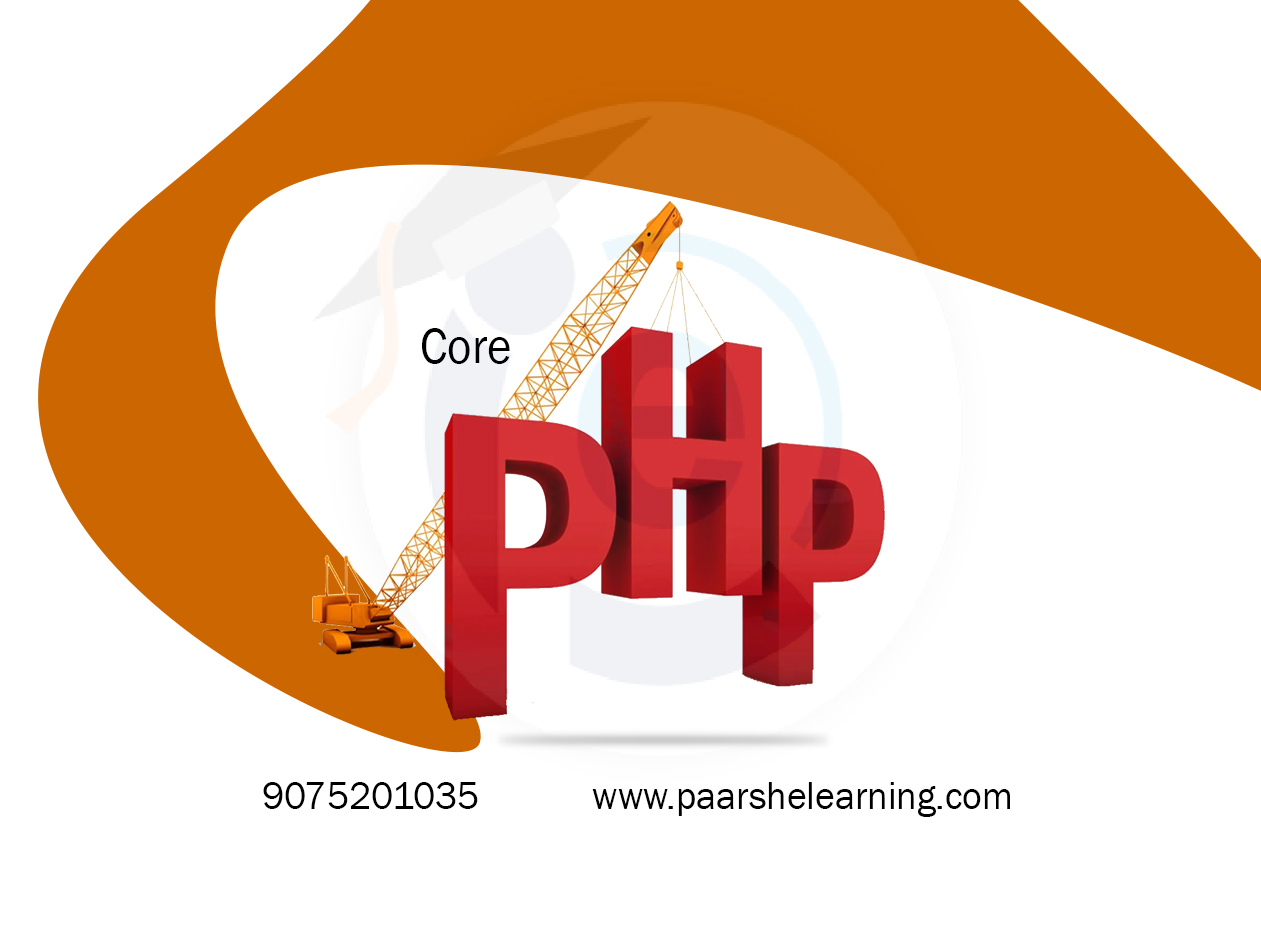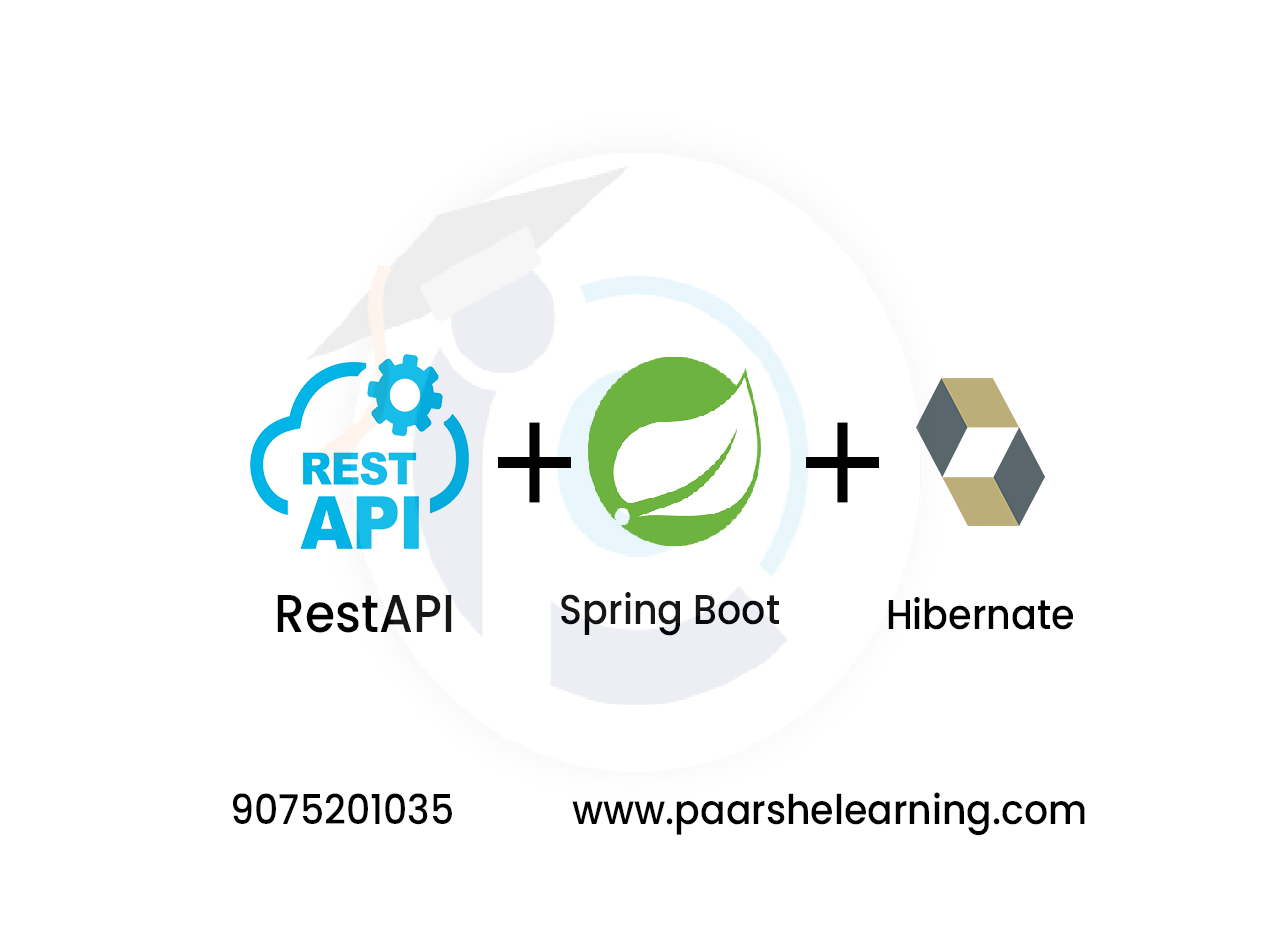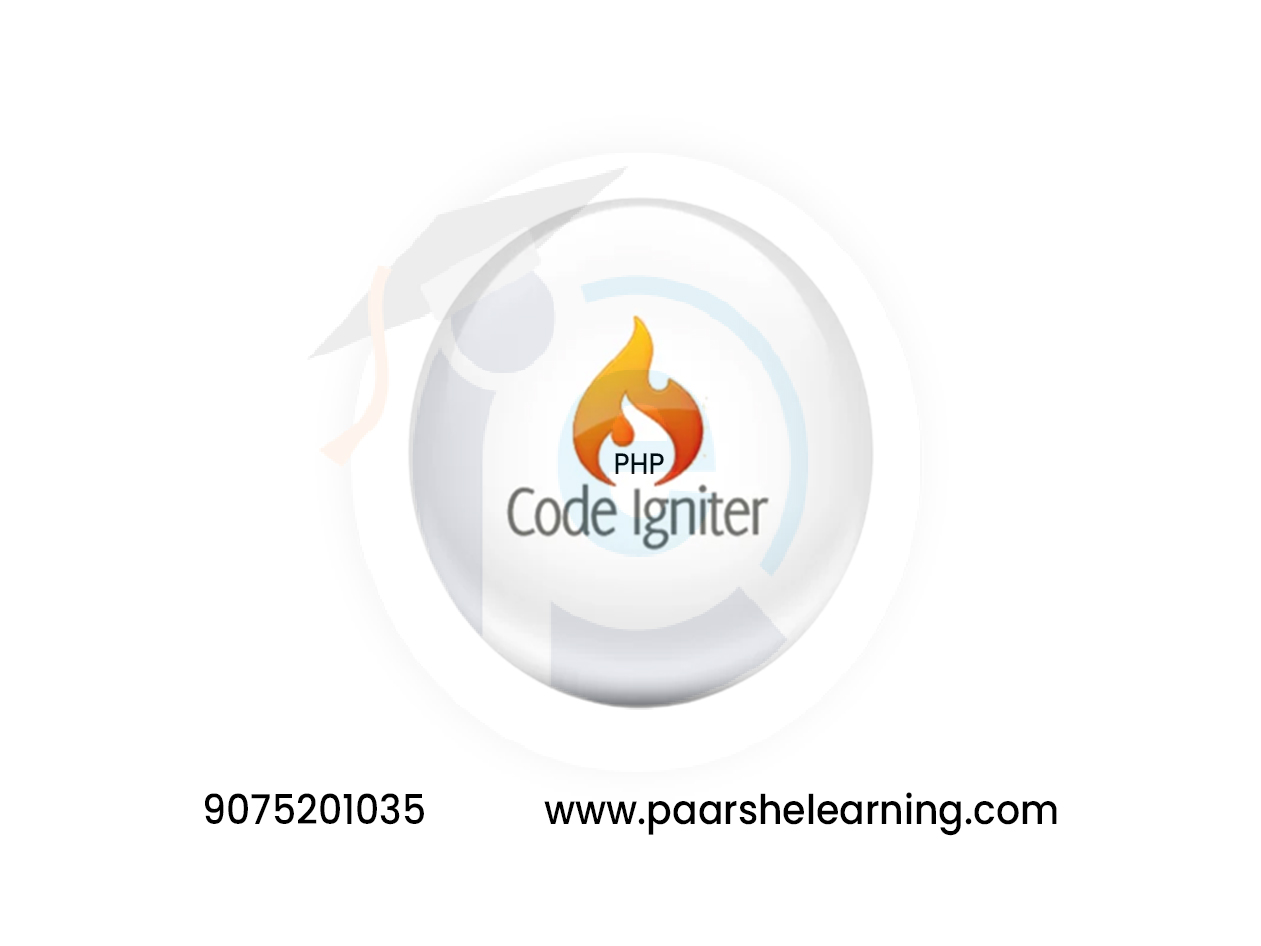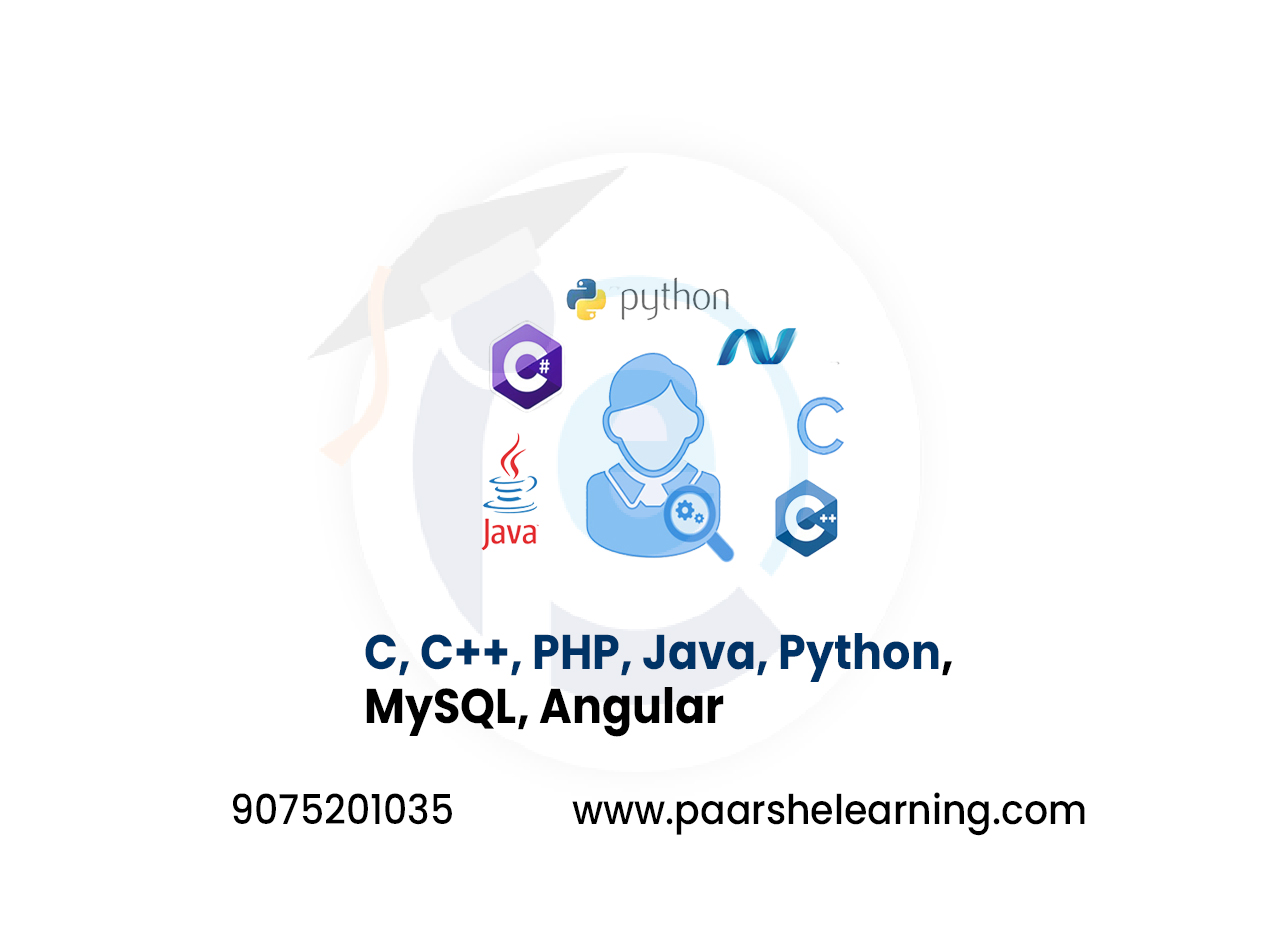- Introduction to Angular: An overview of the Angular framework, its features, and its benefits.
- TypeScript: An introduction to TypeScript, including its syntax, features, and benefits.
- Components: How to create and use components in Angular, including template syntax, data binding, and event handling.
- Services: How to create and use services in Angular, including dependency injection and provider configuration.
- Routing: How to use Angular's built-in routing features to navigate between different views in your application.
- HTTP requests: How to use Angular's built-in HTTP client to make HTTP requests to a server and handle responses.
- Deployment: How to deploy an Angular application to a production environment, including configuration and optimization.
Angular
Course description
Angular include two-way data binding, dependency injection, component-based architecture, and a comprehensive set of built-in directives and services. Angular also provides a powerful command-line interface (CLI) for scaffolding and building applications, as well as an extensive ecosystem of third-party libraries and tools.
-
Two-way data binding: This is a powerful feature that allows developers to easily bind data from the component to the view and vice versa. With two-way data binding, changes made in the view are immediately reflected in the component and vice versa.
-
Dependency injection: Angular provides a built-in dependency injection system that makes it easy to manage and share dependencies across different components and modules.
-
Component-based architecture: Angular is built on a component-based architecture, which means that applications are built using small, reusable components. This approach makes it easy to build complex applications and maintain them over time.
-
Directives and services: Angular provides a comprehensive set of built-in directives and services that make it easy to add functionality to your application, such as routing, form handling, and HTTP requests.
-
TypeScript: Angular is built using TypeScript, which is a superset of JavaScript that provides powerful type checking and other features to make it easier to write complex applications.
-
CLI: Angular provides a powerful command-line interface (CLI) that makes it easy to scaffold and build applications, as well as generate code for components, services, and other application features.
-
Ecosystem: Angular has a large and growing ecosystem of third-party libraries and tools, including UI libraries, testing frameworks, and development tools.
Overall, Angular is a powerful and comprehensive framework that enables developers to build modern, scalable, and maintainable web applications.
What you will learn from this course?
This course includes!
- Daily Live session
- A recorded session with problem-solving material
- Access on Mobile and TV
- Certificate of completion
- Recommendation Letter
- Job Assistance
This course is for
- Web developers who want to learn a modern JavaScript framework for building web applications.
- Front-end developers who want to expand their skillset and learn a new framework.
- Full-stack developers who want to build both the front-end and back-end of web applications using Angular.
Prerequisites for this course
- To learn Angular, you should have a good understanding of HTML, CSS, and JavaScript.
- JavaScript syntax, including variables, functions, and conditional statements
- Basic knowledge of TypeScript, which is a superset of JavaScript and is commonly used in Angular development
Angular Syllabus
-
Introduction To Angularjs
Overview of AngularJS and its features Setting up the development environment Creating a simple AngularJS application Understanding the AngularJS application structure
-
Data Binding And Expressions
Understanding two-way data binding Using expressions and filters Manipulating data using ng-repeat Using built-in directives (ng-model, ng-bind, etc.)
-
Controllers And Scope
Introduction to controllers and their role Creating controllers and attaching them to views Using the $scope object for data binding Implementing controller logic and functions
-
Directives And Custom Directives
Understanding directives and their purpose Working with built-in directives (ng-show, ng-hide, etc.) Creating custom directives Implementing DOM manipulation using directives
-
Services And Dependency Injection
Introduction to services and their role Creating and using AngularJS services Implementing dependency injection in AngularJS Using services for data sharing and communication
-
Routing And Navigation
Implementing client-side routing in AngularJS Using ngRoute module for routing Setting up routes and navigation links Using route parameters and query strings
-
Forms And Validation
Working with forms and form elements Using ngModel for two-way data binding in forms Implementing form validation using ngMessages Custom form validation and error handling
-
Api Integration And Final Project
Fetching data from APIs using $http service Handling asynchronous operations using promises Implementing a complete AngularJS application Final project: Developing a fully functional web application using AngularJS
-
Paarsh E-Learning encourages hands-on practice, assignments, and projects throughout the course to reinforce students' understanding of AngularJS concepts. Assign practical exercises that involve building interactive web applications, integrating APIs, and using AngularJS features for dynamic UI development. Cover both theoretical concepts and practical applications to provide a well-rounded learning experience.






